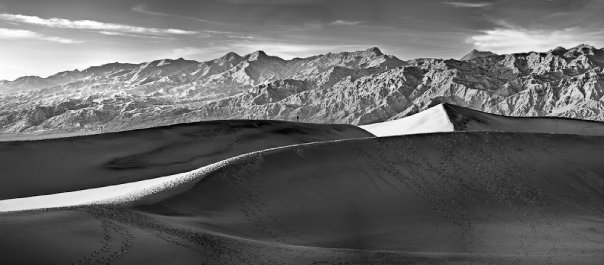Who Am I? Who Are We? Friendship, Relationships, and the Roles We Play
July 31, 2011 17 Comments
Michelle (skippingstones) recently posted an essay on honesty and openness. Her post got me thinking about how my relationships with friends differ so much, why some friends know some things about me while others know entirely different things, and why I don’t feel like the same me all the time. Then it occurred to me: it happens organically. When I first meet a person, of course I’m consciously making some decisions about what to share with them and what to conceal, but mostly I’m going on autopilot. My habits are making decisions for me. Past experience is determining my present interactions with people who are at first strangers. All of the subtle cues I get from them about who they are also influence how I behave around them. I think carefully about some of these things, but most of my behavior arises from somewhere deeper, beneath my intellect. Emotions drive much of what I do.
Then, one day, I pause, and I wonder why I feel like either a slightly or a wholly different person depending on whom I’m with and my relationship with them. At first I’m inclined to think that over time I’ve chosen to hide certain things from certain people and reveal other things to other people and that these were rational choices, made so methodically that if I had perfect memory I might follow them one by one back to my first encounter with each person I know, as if it were a question of Newtonian physics: reconstruct the entire chain of causes and effects and I might arrive at the creation event itself, the beginning, moment one.
But then I see the truth: It just happened. At first we were strangers, then, over time, we became friends. We grew together and we changed together. None of us knew what was happening until it had already happened. We didn’t choose to be one way or another with each other. We didn’t choose to hide this and reveal that. It just happened. Our identities and lives became entangled, and out of the complexity of this entanglement relationships formed, all of them different, all of them special, none of them perfect. Only in hindsight does it seem that I chose to be open with this friend and a little more reserved around that friend. The fact is that each of these relationships is different because the people involved are different. I can’t be the same me around everyone I know because everyone I know is different, which means that my relationship, my entanglement, with each of them must also be different.
Dishonesty, openness, concealment certainly have a place in the formation of relationships. I concede that. But now I see that what I thought of as “roles” I was playing depending on whom I was with were actually manifestations of mutual relationships that were all unique. I’m not the same around everyone, but I’m still me. WE, however, are different when we’re around each other. Together we’re something more, though we can’t be everything to each other. And that’s OK.











